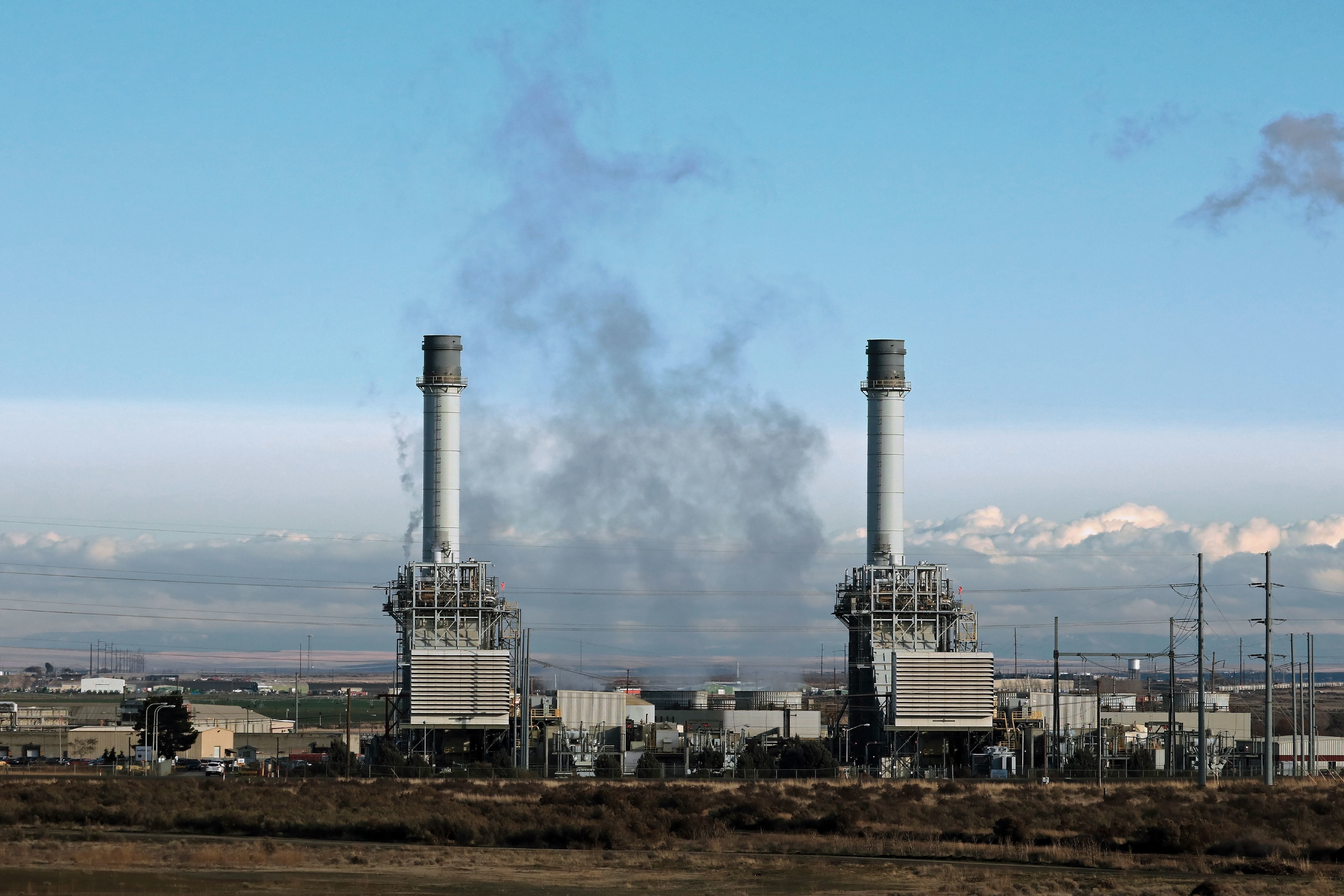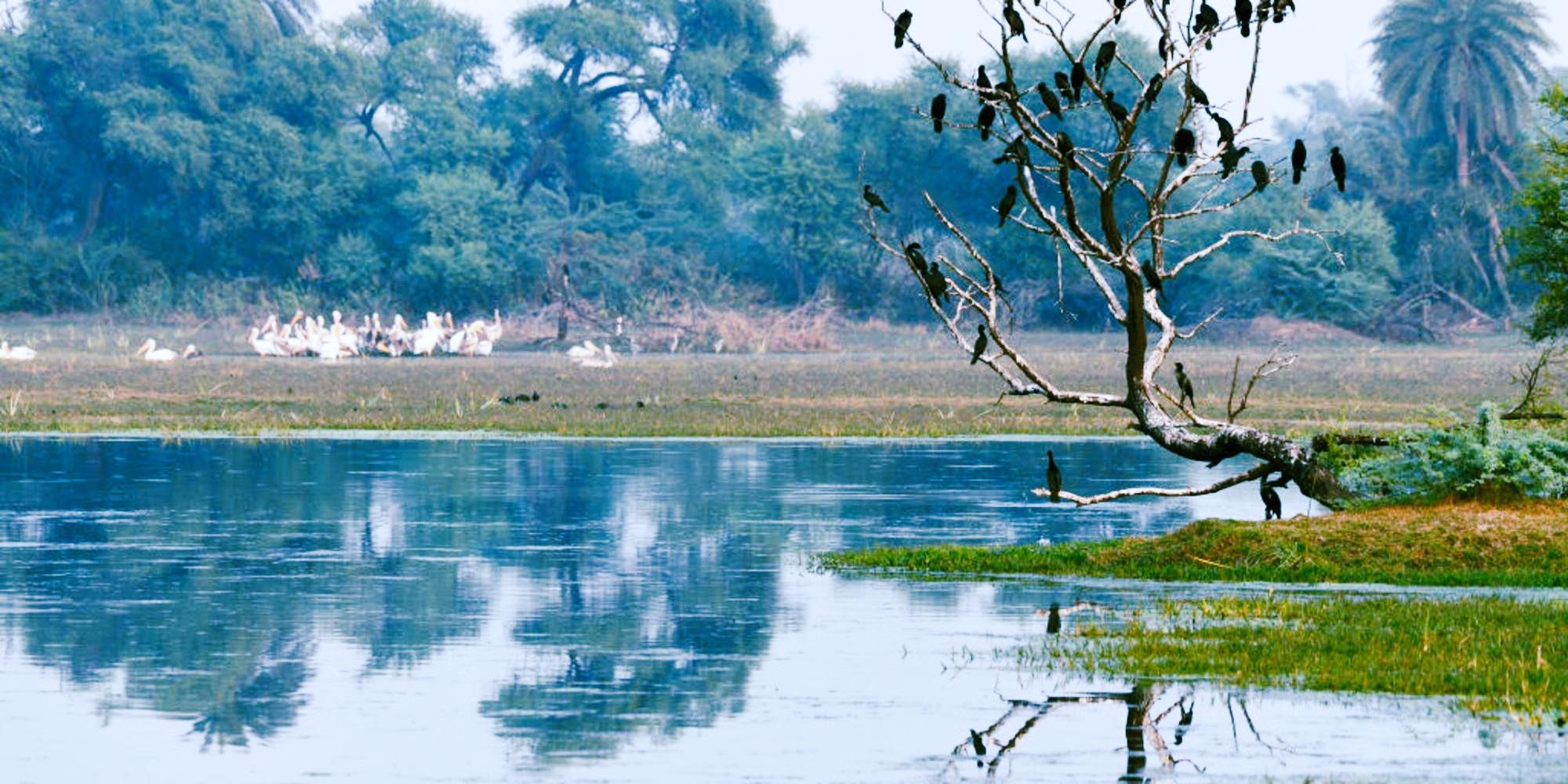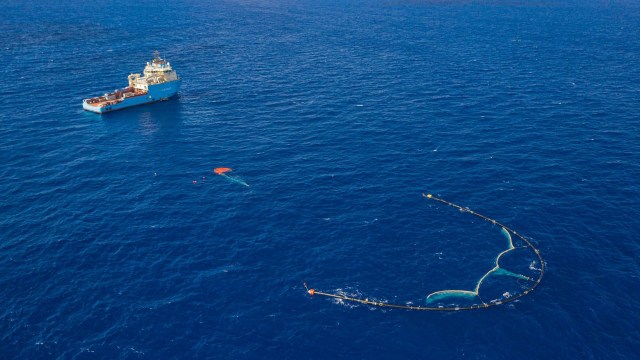How to deal when things fall apart

Photo by Horacio Villalobos, Corbis via Getty Images
- In Earth Emotions, Australia philosopher Glenn Albrecht provides a blueprint for dealing with emotional turmoil resulting from climate change.
- Technology has many wonderful applications, but distraction and entertainment cannot be the foundation of our devices.
- Time remains for preparing to deal with the consequences of climate change, if we act now.
Beginning an article by listing recent damages attributable to climate change is useless at this point. Every month more records are being smashed as further evidence piles up proving that the cost of human comfort and luxury is too expensive for the environment to bear. To borrow a metaphor from sports, we keep moving the goalpost and are only now beginning to reckon with the fact that we’re running out of stadium.
We talk often about environmental impact, but what about the emotional cost of our damaged relationship to nature? Two weeks ago I published an article on the psychoterratic effects of climate change, a term coined by the Australian philosopher, Glenn Albrecht. Half a world away, he came across the article and reached out to thank me. Naturally, I requested an interview, which he graciously granted. (I suggest listening to it here, as the Q&A below only features about a third of the territory we covered.)
Albrecht is the author of Earth Emotions: New Words for a New World, an essential blueprint for a changing species dealing with a rapidly changing world. While Albrecht has coined many terms, we begin our discussion with his most famous invention, solastalgia:
“The pain or distress caused by the loss or lack of solace and the sense of desolation connected to the present state of one’s home and territory. It is the lived experience of negative environmental change. It is the homesickness you have when you are still at home.”
All life is transient. This we know from millennia of Buddhist thought. Dealing with it is the precise challenge Siddhartha put forward to the world. Naval gazing was never the only option, nor the most effective. Humans are more emotionally stable when we grapple with the reality of our environment, when we get dirt under our fingernails. Glenn Albrecht has written a manual for the future, but we need to read — and more importantly, apply — it now.
TEDxSydney – Glenn Albrecht – Environment Change, Distress & Human Emotion Solastalgia
Derek: You coined the term “solastalgia” in 2003. I watched your TEDxSydney talk in 2010 on the same topic. It’s been almost a decade since that talk. What has changed since that time?
Glenn: The conditions that are conducive to the experience of solastalgia have intensified and grown globally. Not only the climate change issue but also the scale and pace of development has cranked up to an extraordinary degree. It doesn’t surprise me that the word has become much more well-known. Indeed, it has been adopted by artists of many different kinds to try and give expression to the anxiety, dread, nausea, and despair of the early 21st century.
Derek: Before reading your book, I came across Robert Macfarlane’s book, Landmarks. It really opened my eyes to the necessity of how we use language. Why does language matter in how we understand our relationship to the environment?
Glenn: Robert Macfarlane is a master wordsmith and somebody who knows his culture and his language intimately. He’s a multifaceted thinker. One of the major things is the recovery of language, which is being lost in a world which is transforming so rapidly that the old words for the way that humans have culturally and bio-physically evolved are being lost. He’s reviving them and putting them back into the language.
My own work has been based on the realization that in some respects, our cultural and technological evolution has taken us into a new world. This new world is one that we’ve not biologically or culturally evolved with. It’s one that is now representing a distinct break from the past. As such, the need for new words and new concepts that describe this new world is beyond our evolutionary experience. We absolutely must come up with the linguistic equivalence of the technological and biological changes that we’re forcing on the world. We’re colonizing the world in a way that’s generating radical and rapid change.
Derek: Bill Bryson wrote a travel book on Australia. The first few pages are solely dedicated to all of the things that can kill you in Australia that don’t exist anywhere else on the planet. Growing up in your neighborhood, you had to watch out for poisonous snakes and other deadly animals. As more of humanity congregates in cities, however, we seem to keep nature out as much as possible.
Glenn: Another colleague of mine has written extensively about nature deficit disorder in children. The whole idea of this withdrawal from nature is part of the problem of the Anthropocene. It’s accelerating rapidly with the advent of technology that acts as some kind of mediator between human perception and the real world. We even see now that people would rather not take nature in with their eyes and feast on it, but rather take a digital photo of it. I find that really bizarre because the experience of raw nature is so much more powerful than looking at a tiny little screen version of it.
That we have to be looking at everything through cameras is an expression of the profound alienation that humans now have between themselves and raw nature. I call it ecoagnosy—the complete lack of knowledge about what it is that constitutes the foundations of life. As life and nature very rudely reasserts itself into the lives of humans in the form of catastrophic damage through climate change or the complete loss of aspects of life necessary for us to remain strong and healthy, we will return to a renewed relationship to unmediated nature. Instead of nature embracing us, we are now having nature crushing us in her arms. That’s not the kind of future that I want.

Greta Thunberg speaks on stage during NYC Climate Strike rally and demonstration at Battery Park.
Photo by Ron Adar/SOPA Images/LightRocket via Getty Images
Derek: How do you educate people to get them off of their devices and back out into the world?
Glenn: I worked for a couple of decades at the University of Newcastle teaching environmental ethics and values and environmental policy to science students. I also had the pleasure of taking a class out to go birdwatching. Birdwatching was actually a serious part of an environmental management course, where the students had to learn how to do an environmental impact assessment. Being the only person that knew anything about birds in the university, I undertook the task of trying to teach these students. It didn’t take me long to realize that this is a class that, even without distractions and mobile phones, had no idea how to understand what was going on around them.
I had to start from square one, which was to close your eyes and to listen and then tell me what you can hear. Then I had to get them to open their eyes and start connecting the sounds of birds to the form and shape of birds. Then it was to connect them to the habitat of birds. And so it went on. I realized that to connect with nature is something that is innate in humans, but given the fact that we now live in cities and urban complexes, it has to be taught. Once you’ve been turned on, it’s very difficult to not notice it, and it becomes part of the pattern and regularity of a person’s life.
Derek: Amitav Ghosh wrote a book, The Great Derangement, about climate change. You have your own experiences with mining in Australia and working with communities fighting back against the mines. At the end of his book, Ghosh came to the conclusion that individual effort matters, but until we change legislation and corporate structure we’re not really going to make any headway. How does one effectively fight corporations backed by a government?
Glenn: The only way that I’ve been able to do it is to help people in communities that are affected by mining by being an expert witness in court cases. I’ve written about the work I’d done as a pro bono expert witness for the citizens of Bulga, a community badly affected by the expansion of an open pit coal mine in the Upper Hunter of New South Wales. Much to my amazement and delight, we have seen the courts begin to respect basic things like the right to amenity, the right for people to not have their lives disrupted in ways that are catastrophic to health, both physical and psychic.
The Bulger case was one where we won in the courts; we had an appeal and we won that as well. But then the state government of New South Wales changed the law so that the mine could go ahead. To have people follow the rule of law, to have decisions made in their favor, and then to change the laws so that the previous decisions can be overturned was a denial of justice in every sense of the word.
The only other thing that gives me hope is that a new generation, which I call generation Symbiocene, would arise and start to simply rebel against what’s obviously not in their interests. If Greta Thunberg didn’t exist, I would’ve had to have invented her. The extinction rebellion movement worldwide is something that I take great hope in. It’s almost a euphemism now to say it’s at a tipping point, but it’s critically unbalanced at the moment, and it can go either way.

Aerial photo taken on Sept. 1, 2017 shows flooded houses after Hurricane Harvey attacked Houston, Texas, the United States.
Xinhua/Yin Bogu via Getty Images
Derek: You write about placelessness. As augmented reality and virtual reality become more popular, do you think that we’re going to see more placelessness, that emotion of yearning as technology advances?
Glenn: It could be a blessing in the sense that if the invisible world is made visible to us through augmented and virtual technologies, that that could be the key to shifting our focus from the big church, big man, big tree view of life. If, on the other hand, the technology distracts us, entertains us without educating us, then that’s just part of the alienation that we’ve already started to explore in this conversation.
There are creative things that nobody has thought of yet. That’s part of education for the Symbiocene. I issue it as a challenge to creative people. I remain hopeful that this process of using the best of our technology to illuminate, educate, and inspire is where that technology can be taken. If it’s going to be taken into yet another version of Disneyland, you already know what I think of that.
Derek: I’m a director at a blockchain company. You make a passing dig at blockchain in the book, but you also know that technology can aid us in this fight. What are some technological applications that can help us get back in touch?
Glenn: Being a philosopher, I’m limited in the design, engineering, and technological breakthroughs that are needed here. But let me just defend blockchain for a second. In the book I do indicate case studies of local, renewable energy systems that can be shared and traded using blockchain accounting. I did see small-scale applications as being viable and also a significant part of a future where decentralized energy can be bought, traded, and shared. It’s only the Bitcoin aspects of blockchain that worried me because, as many people have pointed out, if allowed to go unchecked, it will succeed as a technology that could wipe out the energy resources of the whole planet in a relatively short period of time.
At the right scale, blockchain accounting is obviously a wonderful new and creative addition to clock, track, and locate things. There are other advancements, such as substitutes for petroleum-based apparel in clothing and fashion. We’re making leather out of fungi. People can produce significant amounts of electricity using microbes that are built into the structure of the walls of the house.
This is not some kind of imaginary future that may or may not happen. This is something that’s happening now based on the very principles that have come out of science with respect to life, evolution, and symbiosis. It’s not based on etiology. It’s based on Science (with a capital S). These things are proceeding at a rapid pace and being held back only by things like fossil fuel subsidies and the failure of contemporary governments to not invest in the future.
—
Stay in touch with Derek on Twitter and Facebook.





